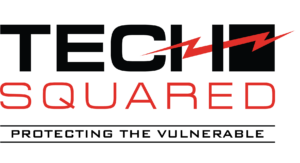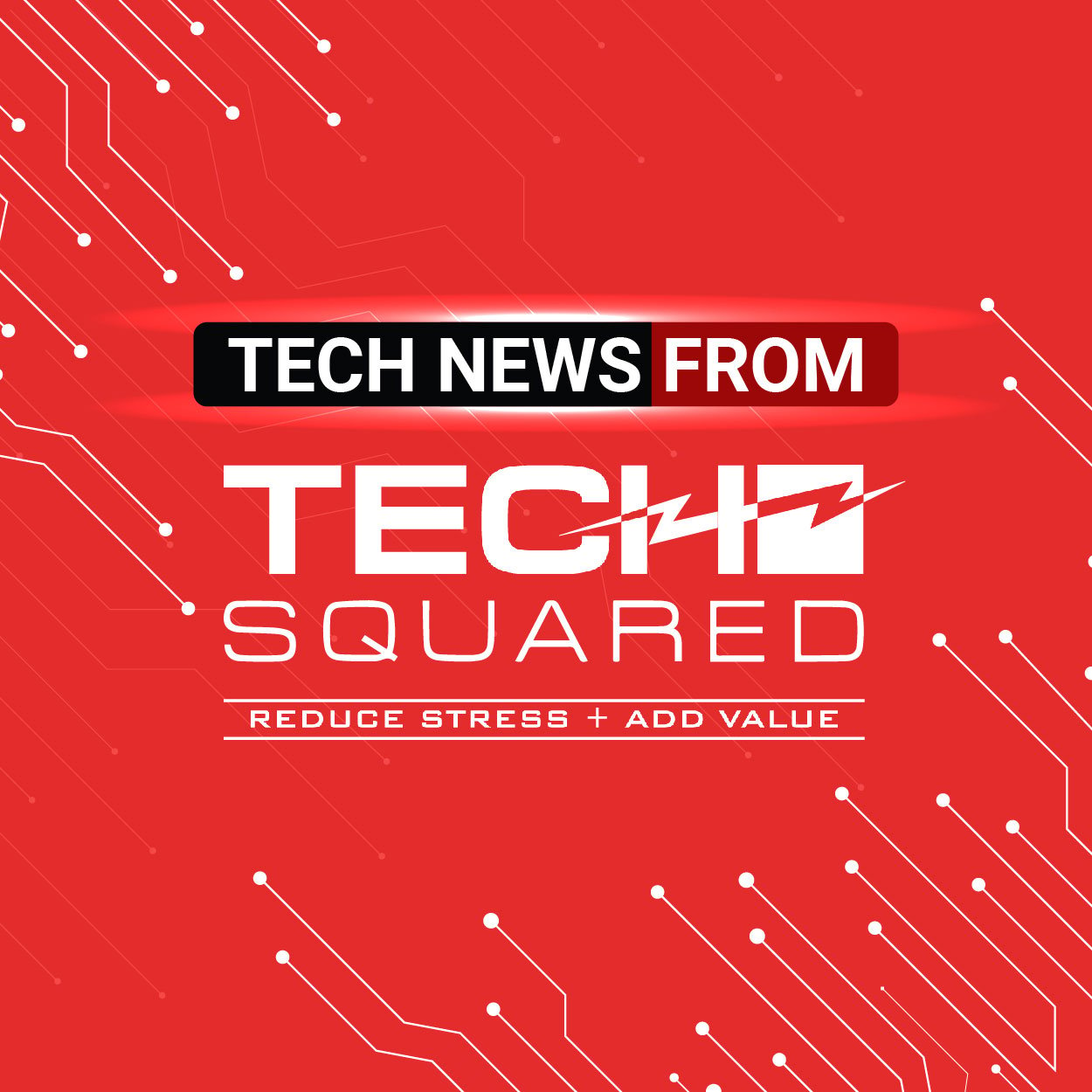IT downtime is one of the biggest causes of productivity loss in the modern workplace. It’s also responsible for reputational loss if not handled properly. After all, few people have the patience to listen to excuses about how your computers are down in an age when attention spans are at an all-time low.
Unfortunately, from data breaches to hardware failures, technology has a habit of going wrong, often when you least expect it. If your only recourse in such a situation is to call an IT professional, you could end up facing unpredictable costs and more downtime events.
Here are three of the biggest drawbacks of the traditional break / fix support model, which is so named because it enlists the help of an IT professional only after something has broken:
#1. No cost control
Some business leaders are hesitant to go down the managed services route because they don’t want to pay a monthly fee for proactive support. The alternative, however, leaves no control over cost. When something goes wrong, there’s usually no way to predict the cost of repairs. You will only know this once you receive the invoice which may include indirect costs.
These costs often greatly outweigh the repair bills themselves, since they include factors such as lost business, reduced employee productivity and morale, and remediation following data loss. While there will always be occasions where break / fix support is necessary, relying on it entirely will only lead to more invoices.
By contrast, proactive support from a managed services provider (MSP) keeps downtime to a minimum while making costs visible. For smaller businesses, this approach is easy on the budget.
#2. Lack of strategy
Modern technology is more disruptive than ever. Every new solution brings both opportunities and risks, and one wrong decision can result in a costly disaster. As such, it’s imperative that businesses adopt a technology strategy that aligns with their operational priorities and goals. A healthy technology environment is one in which everything interconnects and communicates with seamless efficiency.
A major problem with break / fix support is that it’s not a long-term solution. In many cases, it’s a temporary solution or workaround that often doesn’t resolve underlying problems. For example, if your network infrastructure is improperly configured from the beginning, you’ll continue to experience issues that will lead to extended downtime events. However, by working with a good MSP, you’ll have a dependable technology partner that can help align IT with your business needs.
#3. Unpredictable downtime events
According to Gartner, a global search and advisory firm, the average cost of downtime is well over $300,000 per hour. Businesses of all sizes and from all industries should avoid unresponsive IT at all costs. The unpredictable nature of break / fix support can also result in extended downtime events. If you don’t have a highly qualified internal IT department to resolve the problem, you’ll never know how long and how much it will cost you to wait for a reactive solution to kick in.
It’s far better to prevent problems from occurring in the first place than rely on a technician who might be on holiday the moment something goes wrong. Managed services offer proactive care and can prevent disruptions using redundant systems. It’s the provider’s responsibility to deliver IT services with maximum availability using fail-safe techniques and backup systems.
Tech Squared provides IT solutions and expertise that reduce stress, eliminate downtime, and add value to your business. Call us today to learn more.


